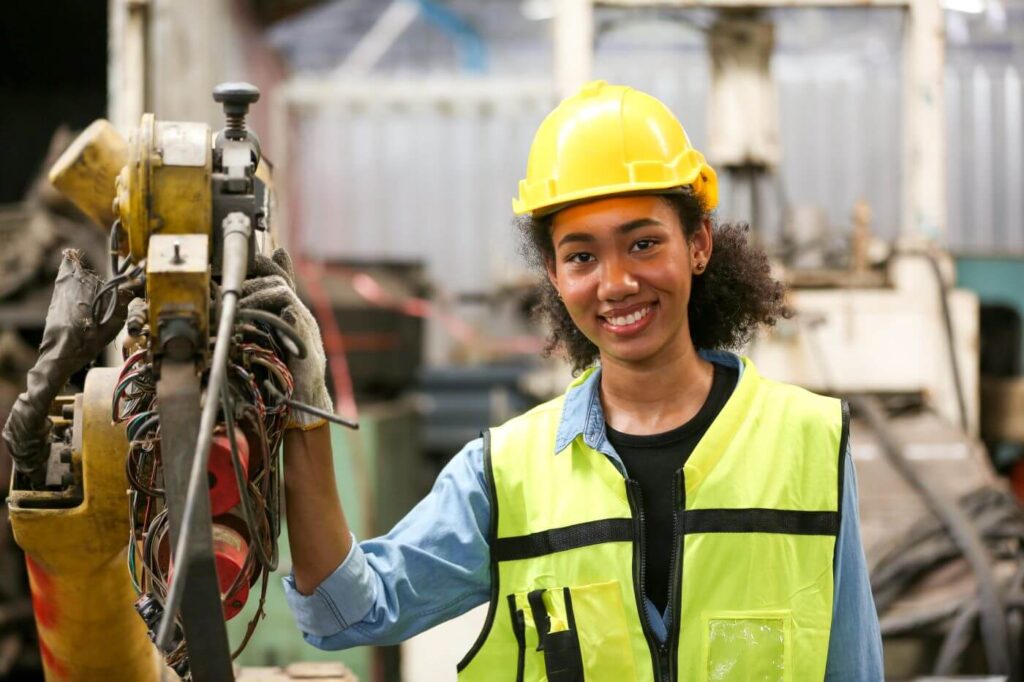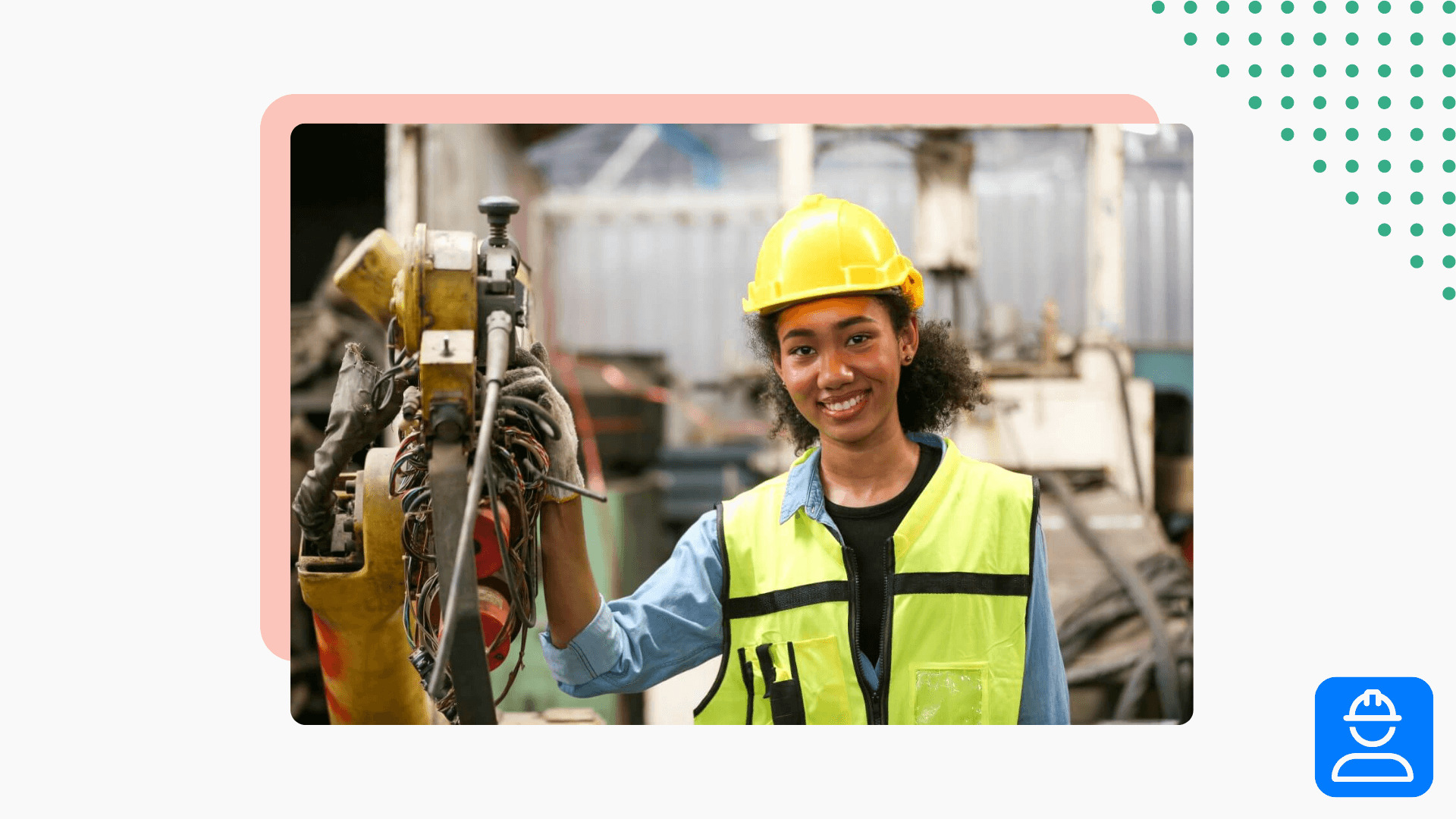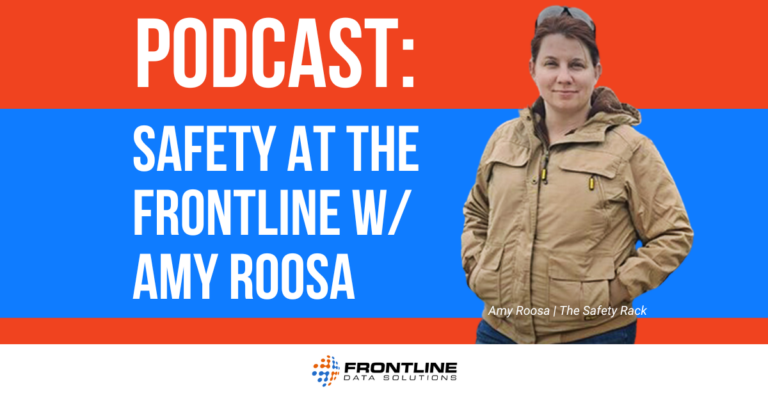If your company promotes a “safety first” approach, you should ask yourself: “Do we provide the same resources to all our employees?” And if you don’t have women’s PPE available for use, then the answer is a resounding “NO.” If you want to practice what you preach, you have to understand the gaps within today’s PPE market.

What’s the deal?
Women make up only a small percentage of the trade workforce, but that doesn’t make them any less in need of functional PPE. The fact is that PPE, when poorly fitted, is a safety hazard.
According to the International Safety Equipment Association (ISEA):
“Too loose, [PPE] could easily get caught in machinery, with disastrous consequences; too tight, the worker will be uncomfortable and might not be able to tolerate it or even wear it.”
You’d think it’d be obvious, but you’d be surprised how many PPE vendors don’t have a women’s line. In the past, women would just resort to buying smaller sizes of the male gear. But those days are long gone due to a major push by women in the trades themselves.
Recognizing the need
During a PPE demonstration at the Midwest Women in Safety Conference, the event’s co-founder, Amy Roosa, became aware of a major issue:
None of the PPE on display was made for women.
From then on, Amy made it her mission to find and share PPE brands that had suitable options for women. Now, she’s the founder of The Safety Rack and a leading voice in the ongoing fight for women’s PPE.
For companies to better support their workers, they have to understand what exactly women want and how attempts to provide PPE options have failed in the past.
Understanding the need
There’s a common saying that comes up around the topic of women’s PPE, which is that “women aren’t smaller men.” Some brands try to fill the market need by creating smaller sizes of their existing men’s products. Or they make a pink version. While this benefits the vendors by eliminating the need for product development and research, it doesn’t help female workers.
The real issue most workers face is sizing and fit. Some of the top complaints about poorly fitting jackets, shirts, vests, etc., are that they’re too loose, hang too low, or are too narrow (especially in the hips). Other PPE like goggles, helmets, and gloves simply don’t fit securely, making it more difficult to work.
The brands that succeed at selling women’s PPE create gear specifically for women. They use high-quality materials. Some of them even balance style with function, a trend seen in female safety boots. It’s just simple business: understanding your customers is critical to success.
Creating their own solutions
Who better to solve the women’s PPE problem than, well, women? The growing market for properly fitting gear is driven, in large part, by female owned brands like Xena Workwear, Helga Wear, Covergalls Workwear, and Juno Jones Shoes (to name a few).
A cursory glance at this topic on social media will tell you that despite their small market share, these companies are DOMINATING the narrative around women’s PPE.
Why’s that? Simple: women support women who support women.
But it’s important to point out that all companies, regardless of who runs them, could get in on this share of the market. Yes, it takes more than extending sizing options or color ranges, but it’s a worthwhile investment given the growing number of women working in trades.
Until more companies fill the need, niche vendors will be more than happy to step up to the plate. The big losers in this scenario are no longer female tradeswomen. Instead, they’re the big-name PPE vendors who refuse to answer the call.




